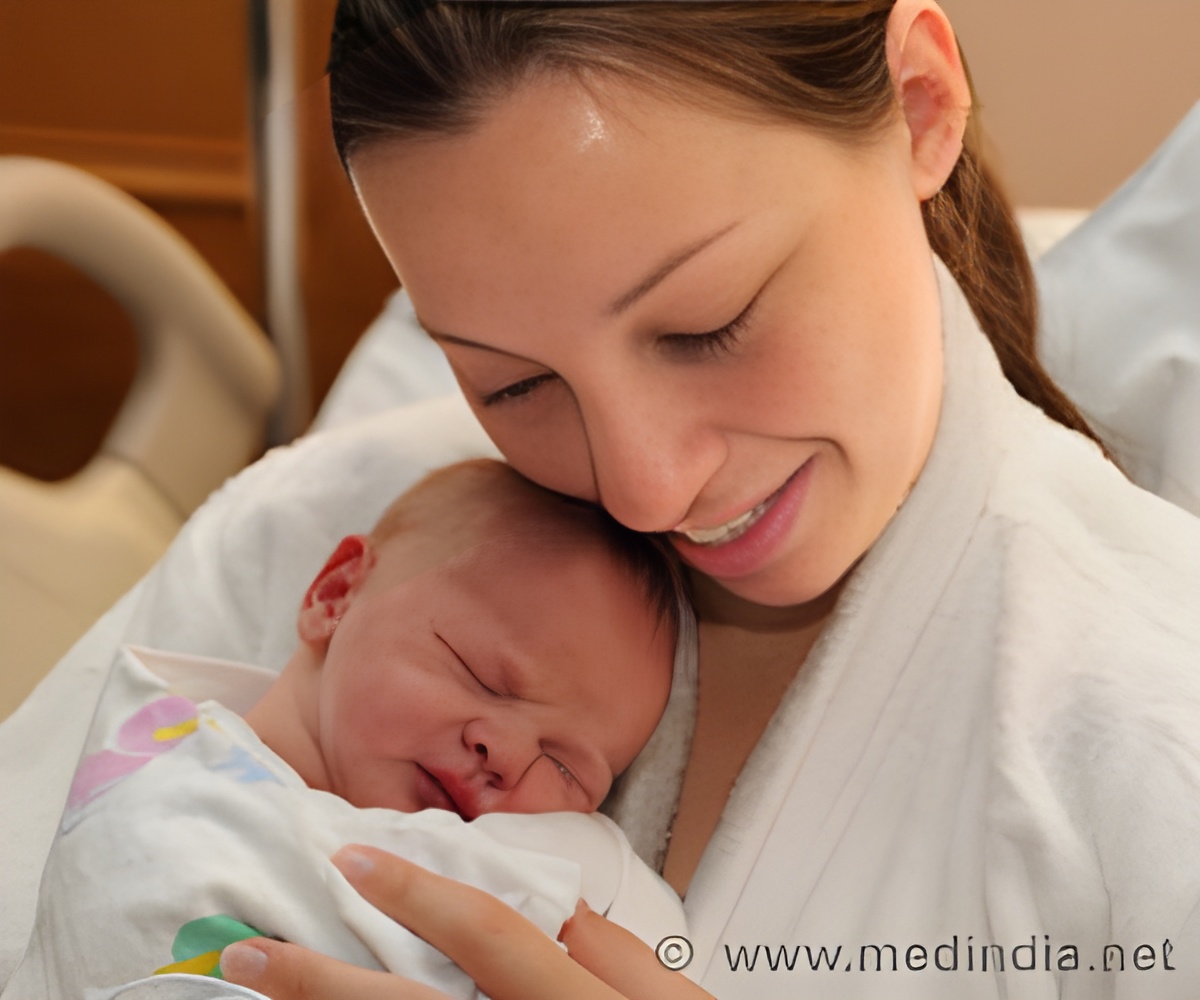
Nine months on, hospitals up and down the coasts of New York and New Jersey are reporting a spike in the number of babies being born.
And local media is awash with "Sandy baby" features, playing up the silver lining to a natural catastrophe that left more than 100 people dead, forced tens of thousands to flee their homes and caused an estimated $80 billion of damage.
Surgeons at the Monmouth Medical Center in Long Branch, New Jersey are expecting to deliver around 500 babies this month, up from 371 in July 2012.
Some of the increase can be attributed to an expansion of maternity facilities at the clinic, but medics there say anecdotal evidence suggests Sandy also played a role.
A similar trend has been noted at Jersey Shore University Medical Center in Neptune, New Jersey, where the number of July newborns is on track to reach 200, a 25 percent increase on the total of 160 last year.
Advertisement
They suggest that the narrative involved -- "the heavens are moving so shouldn't we make the earth move as well" -- is simply too good for the media to let facts get in the way.
Advertisement
Evans is a co-author of a study on trends in US post-hurricane births that was published in 2010 in the Journal of Population Economics.
"Our study looked at what happened over a seven year period and over a bunch of large geographical areas, so the results are pretty compelling," he told AFP.
Evans and his fellow researchers found that each 24 hours of storm warnings on the Atlantic and Gulf coasts of the United States produces a two percent increase in births nine months later.
"Two percent was the average, so you could have higher increases in individual counties and when you multiply that by several days you could have a very significant spike, but obviously the increases of up to 30 percent that are being reported in New Jersey go beyond that."
Evans said that without further research it was difficult to say exactly why couples embark on a life-changing path to the bedroom at such times, but pointed to other studies which suggest emotions may play a role alongside the "nothing else to do" factor.
"It does seem that when the lights go out and the TV goes off, fertility goes up," he said.
"There is also evidence, for example after the Oklahoma bombing, that an event that causes communities to come together may also cause couples to come together."
Another, more mundane, theory is that the disruption to normal routine that comes with a natural disaster results in couples forgetting to use or running out of contraception.
In the case of Tara and Brian Salzman, whose fourth son, Brody, was born on Long Island on Wednesday, the key factor was simply time.
Brody's big brothers had all been dispatched to their grandparents in anticipation of the storm arriving, leaving the couple on their own.
"Thank God for Hurricane Sandy, I got alone time with my husband," the happy mother told the New York Post.
"We had just started trying that month, but with my husband's work schedule and the kids, you don't get much time at all."
Source-AFP











